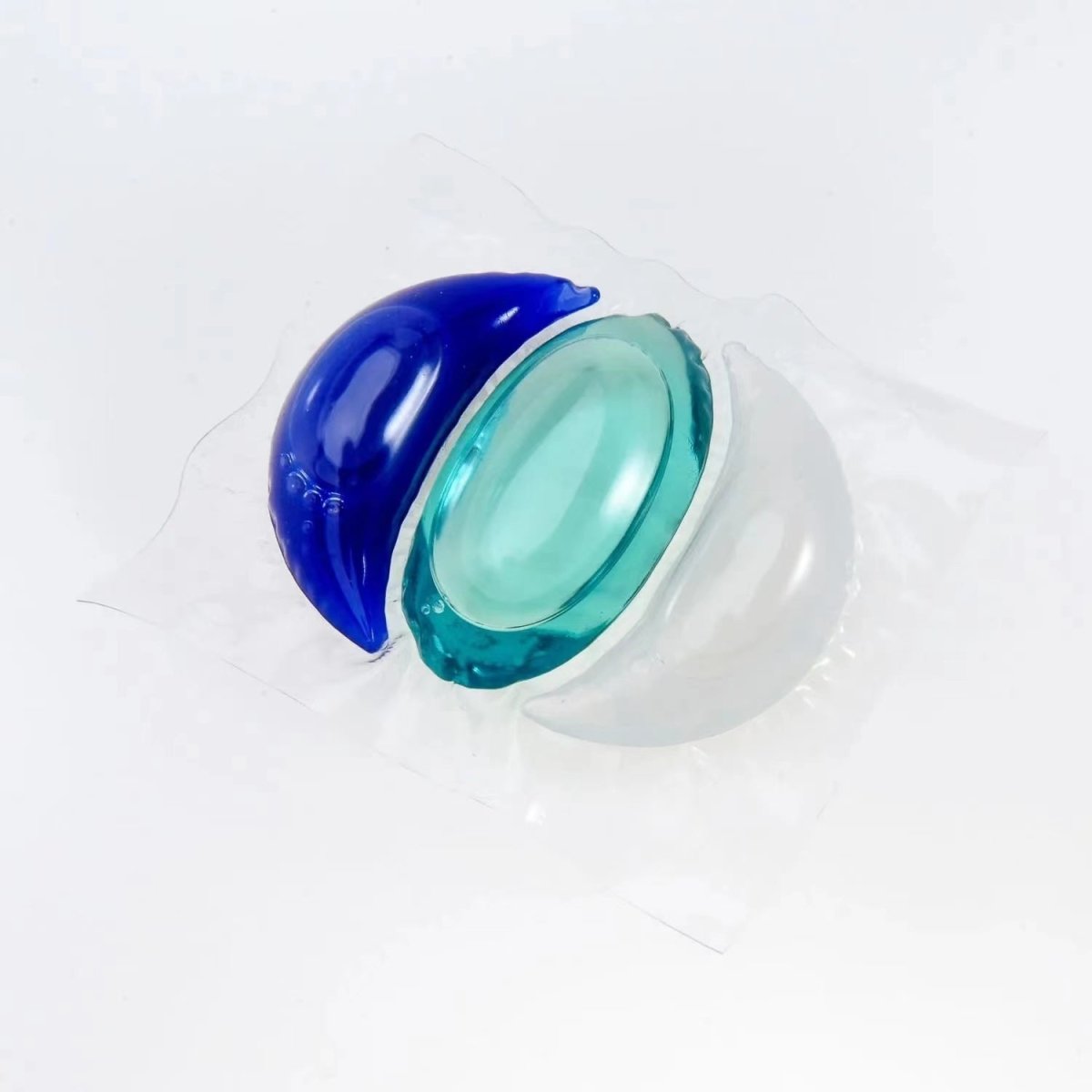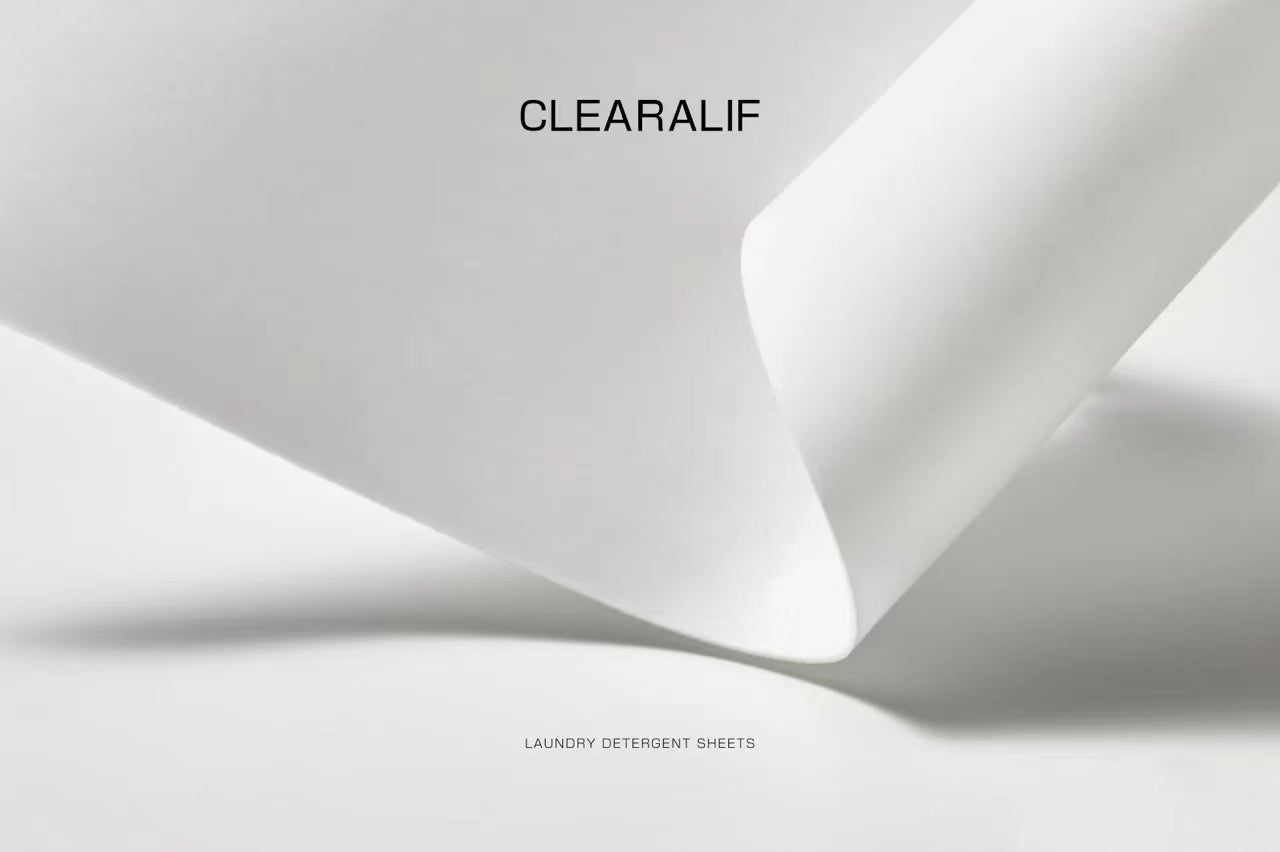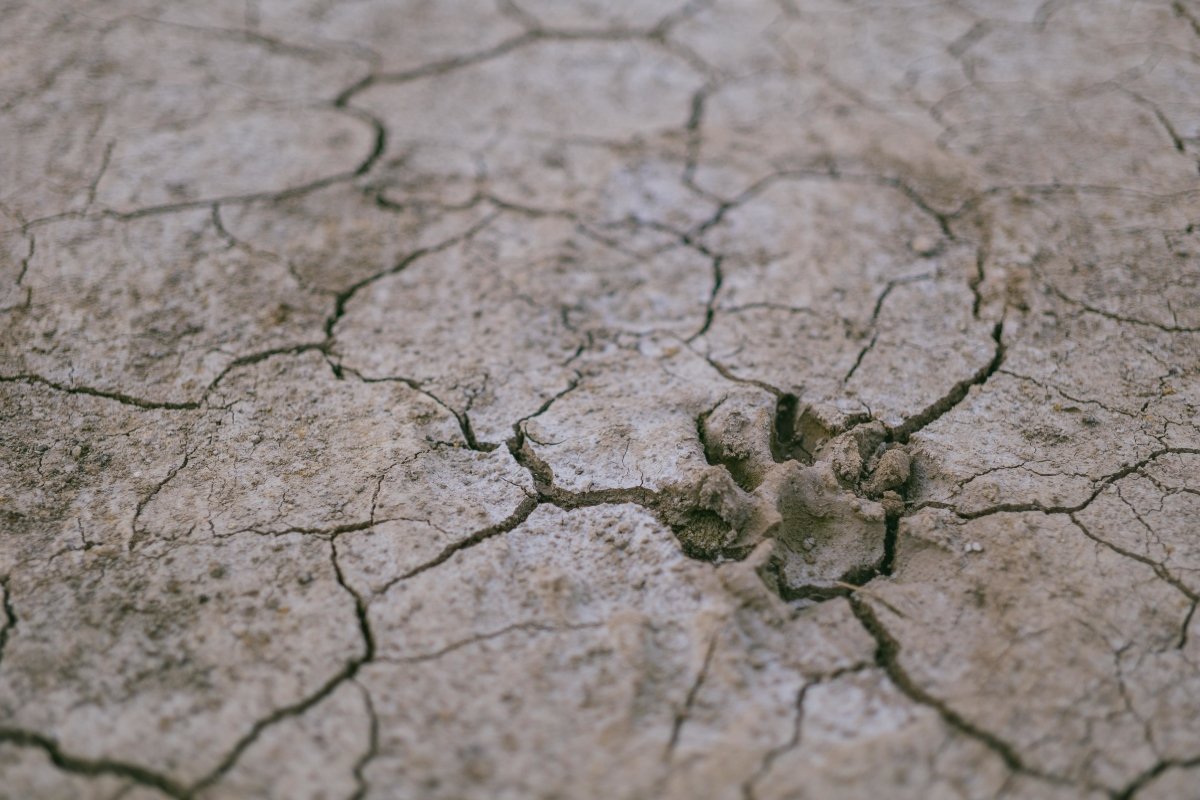Are Laundry Detergent Pods Bad for the Environment?

Fed up with cleaning up bulky plastic jugs of detergent, most likely, you go for colorful unit-dose pods like Tide pods or something similar when washing clothes.
However, the convenience that the liquid is wrapped up in gel pouches means the increasing amount of plastic, and the chemical cocktails may have contributed to environmental concerns.
Pods are convenient though, they're not the best solution for an eco-friendly way of cleaning.
To help you better understand some basic truths about detergent pods and why they are bad for the environment, here are the significant facts that you can't skip over.
Table of Contents
01 What Are Laundry Detergent Pods?

Detergent pods are a type of unit-dose concentrated detergent sealed in a water-soluble PVA film. After contact with water, the film dissolves and releases the encapsulated liquid within a certain period of time with the intention of cleaning and clothing care. The single-pack liquids contain around 10% water compared to 50% in liquid detergents.
Laundry pods are created to skip decanting liquid or powder detergents. They are convenient and eliminate the tendency to overdose. You simply toss one pack in the washing machine without mess and fuss.
Additionally, their outer packaging may or may not be recyclable. The chemistry of detergent pods is the same as in liquid detergents, which is particularly harmful to waterways and the marine environment.
02 Do Laundry Detergent Pods Work?
Yes.
In terms of cleaning power, detergent pods are made equal to standard detergents to lift stains effectively. While they might clean just as well, the formulas contained are created with harsh ingredients that detract from those benefits.
03 Are Laundry Detergent Pods Better Than Liquid?
Compared to liquid detergent, laundry pods are a better solution to make laundry easier with respect to their simplicity and effectiveness.
Individual pods are particularly designed for machine wash and help you save time and energy to take only one step - pop one pack into the washer. That's why these "capsules" become trending and mostly replace the traditional detergents.
04 Are Laundry Detergent Pods Bad For The Environment?
Yes. Despite their convenience, detergent pods are detrimental to the environment basically because of damaging chemical cocktails and possible packaging concerns.
Outer Packaging Concerns
Detergent pods are usually sealed in Polyvinyl alcohol coatings which might not be appropriately biodegradable and harm aquatic life.

It's reported that around 650,000 tons of PVA are produced yearly across the globe and this has been expected to increase by 4.09% annually from 2018 to 2023. Studies have shown PVA poses potential risks as an environmental pollutant.
The reality is that PVA can be biodegraded under specific conditions required to facilitate complete degradation. The majority of the PVA reaches WWTPs where it encounters primary treatment, secondary treatment, sludge treatment, and disinfection before leaving the WWTP and then going into natural bodies of water.
Advanced oxidation technologies have been confirmed to eliminate PVA completely from wastewater in just a few minutes but these processes cost too much, being barely applied as a result.
Accordingly, increasing treatment capacity to create an advanced WWTP or looking for other solutions is essential to reduce environmental impact.
Chemical Composition

As already established, detergent pods contain very harmful chemicals which are particularly damaging not only to the environment but also to you and your family.
Tide pods, as the well-known detergent brand, will also leave behind traces of chemicals that impair our natural surrounds. In fact, most mainstream detergent pods contain toxic ingredients, some of which manufacturers don't even disclose all the ingredients they use. However, for those they disclose, five of them are the most concerning.
(1) Phosphates
Phosphates are naturally occurring minerals from the element phosphate that is typically used in agriculture and industry. They are particularly detrimental to the marine environment. As they carry into streams, lakes and rivers, they encourage the overgrowth of algae and subsequently decrease the oxygen that is needed for healthy aquatic life, contributing to the pollution of water bodies.
They are added to most commercial detergents to soften hard water, thus enhancing the cleaning power. Many countries have banned the use of phosphates in detergent, including the European Union and 17 states in America.
(2) Formaldehyde
A common preservative used in cosmetics, nail polish, and skincare products. It is used as a chemical contaminant in laundry detergent that can cause respiratory and skin irritation and is also a known carcinogen, classified by the EPA.
(3) 1,4-Dioxane (Dioxane)
1,4-Dioxane can be found in the bubble bath, shampoo, laundry detergent, soap, and skin cleansers. It's a contaminant of a process called ethoxylation. The U.S. EPA has classified 1,4-dioxane as a likely human carcinogen.
(4) Bleach
Bleach is combined with detergents to whiten and brighten your clothes and help remove stubborn stains. Its fumes are very irritating and even corrosive to the skin and eyes.
In waterways, bleach can form dioxins, known carcinogens, which seriously harm both aquatic and wild life (and human life if they get the chance). In the atmosphere, it is associated with ozone depletion, which obviously has long-term environmental effects.
It is also widely applied for household cleaning. But once chlorine bleach or any product containing chlorine bleach with ammonia, ammonia-based products or acidic products, the combination can be dangerous or even deadly.
(5) Ammonium Sulfate and Ammonium Quaternary Sanitizers
Ammonium Sulfate is primarily used as a soil fertilizer but is important in other industries as well, including cleaning and furnishing care products and laundry detergent. It works as an excellent decontaminant in detergents. Contact with the skin or eyes will cause irritation, redness, itching, and pain.
Health Hazard On The Rise
The ingredients above are only known as of now in that most companies do not release all the information, for example, Tide pods aren't telling the public regarding the same. The formulas pods use are mostly the same as liquid or powder detergents, all of which are harmful to the environment and human health.
In addition, detergent pods are responsible for the growing number of household poisonings due to their bright and attractive appearance. Between 2012 and 2013, the American Association of Poison Control Centers reported over 7,000 cases of young children eating laundry pods without knowing it and 10,570 cases in 2017.
05 Is There An Eco-Friendly Alternative To Commercial Detergents?
A big - Yes!
Laundry Detergent Sheets, are an ideal alternative to detergent pods in terms of great simplicity and convenience. All you do is a simple switch to this eco-friendly detergent without sacrificing the cleaning power.
Think about the toxicity and potential risks of detergent pods or other standard detergents brought in, your choice of them is obviously not good for you and your family, and of course for our environment.
Clearalif plastic-free laundry sheets contain naturally derived ingredients that are non-toxic, cruel-free, and kind to our environment.
06 Laundry Habits That Make Each Load More Eco-Friendly
Laundry comes with a hefty environmental price tag. Besides choosing an eco-friendly detergent, pick up these simple laundry habits to start your green laundry routine.
(1) Use cold water to wash your clothes
The truth about washing in cold water is just as effective as washing in hot for everyday loads, said Harvard University. While using cold wash, it only uses one-tenth of the energy needed to run in the hot wash program.
Not all clothes are suitable for high wash cycle, but you can wash your towels, bed sheets and underwear with high temperature to get them cleaner.
(2) Use clotheslines to dry your clothes
Try to avoid using dryers in your laundry routine. They might be helpful and effective to dehydrate the wet on your clothes, but it costs a great amount of energy and increases your money bill at the same time. Hang your clothes on the clothesline and leave them to the sun and wind.
(3) Consider a HE washing machine
Compared to top-loading washers, front loaders-HE washing machines utilize technology to reduce the amount of water and energy required to do a load of laundry.
(4) Use effective and eco-friendly detergent
As said, laundry detergent sheets are perfect for each of your loads. They produce low-suds to run in the HE machine. Easily toss one sheet in the washer without placing it in the detergent compartment. You don't have to clean up the detergent jugs in piles and deal with slimy measuring caps.
(5) Say goodbye to unnecessary laundry boosters
To reduce your family's exposure to various chemicals that may cause asthma and allergies, you should skip fabric softener. In wash fabric-softeners and heat-activated dryer sheets will gather a powerful combination of chemicals that harm your health, damage the environment and pollute the air.







Leave a comment
This site is protected by reCAPTCHA and the Google Privacy Policy and Terms of Service apply.